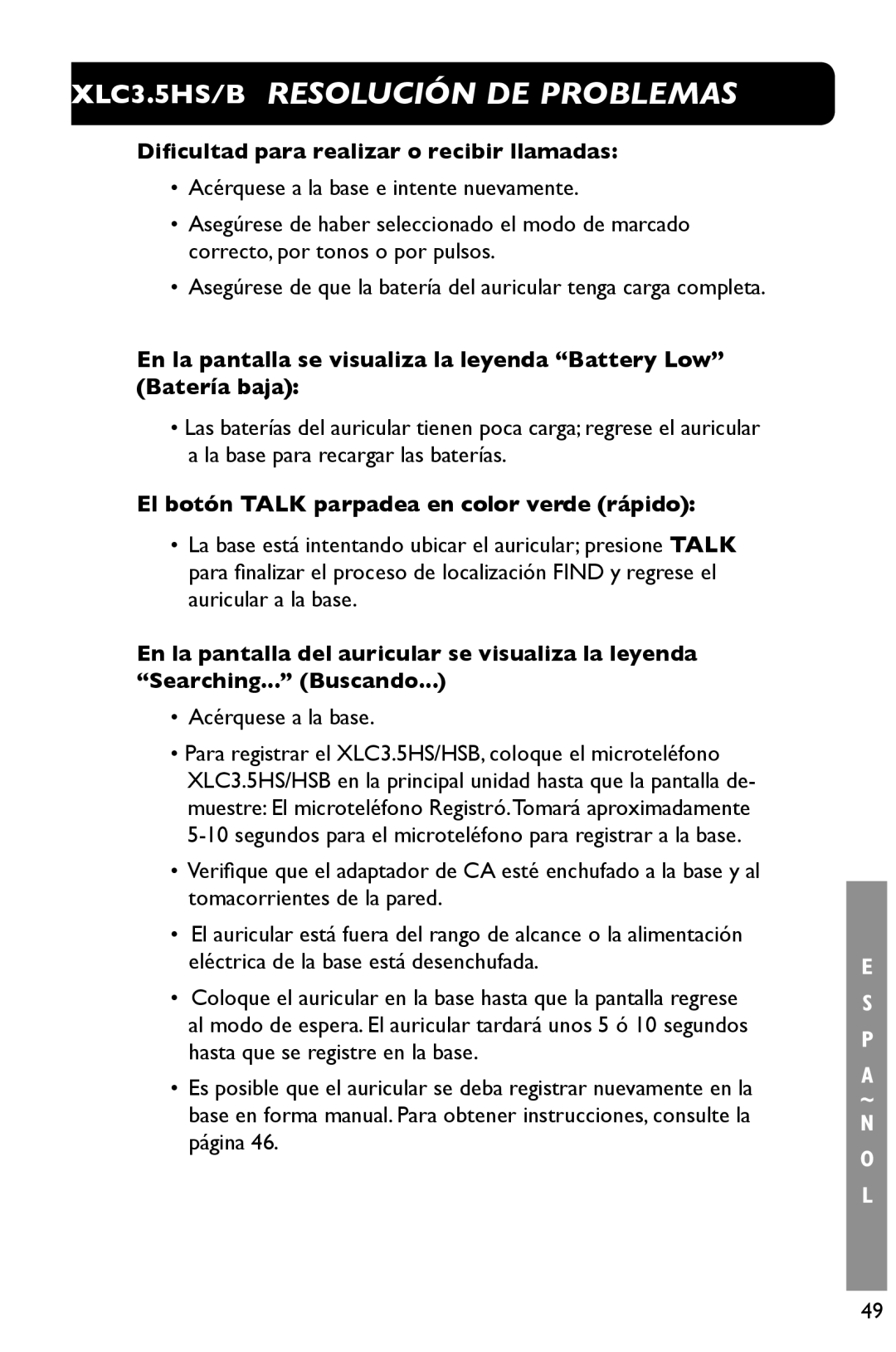3.5HSB, 3.5HS specifications
Clarity 3.5HS and 3.5HSB represent the latest advancements in high-definition imaging technology, designed for professionals who demand exceptional clarity and precision in their visual presentations. These systems are particularly well-suited for various applications ranging from broadcasting to scientific research, enhancing the way images are captured and displayed.One of the standout features of the Clarity 3.5HS and 3.5HSB is their high-resolution output, which provides stunning image quality with incredible detail. Users can expect up to 4K final output resolution, ensuring that every image retains its integrity and sharpness even in the most demanding environments. This level of clarity is essential for professionals who rely on precise imagery to communicate their ideas effectively.
The systems are equipped with innovative digital processing technologies that enhance image contrast, color accuracy, and dynamic range. This ensures that the images produced are not only crisp but also rich in color, allowing for a visual representation that closely mirrors reality. The advanced image processing capabilities allow for real-time adjustments, giving users the flexibility to optimize their output on the fly.
Both models boast a user-friendly interface, which simplifies operation and reduces the learning curve for new users. With customizable settings and intuitive controls, professionals can tailor the system to their specific needs, whether they are working in a fast-paced broadcast environment or a controlled studio setting.
Connectivity is another key feature, as the Clarity 3.5HS and 3.5HSB offer a variety of input options, including HDMI, SDI, and USB, allowing for seamless integration with existing equipment. This versatility ensures that users can easily incorporate these systems into their current workflows without significant disruptions.
Durability is also a hallmark of the Clarity series. Built with high-quality materials, these models are designed to withstand the rigors of professional use while providing reliable performance over time. Whether in a studio, field, or on location, users can trust the Clarity 3.5HS and 3.5HSB to deliver consistent results.
In summary, the Clarity 3.5HS and 3.5HSB are at the forefront of imaging technology, delivering high-resolution output, advanced processing capabilities, user-friendly interfaces, robust connectivity, and durable construction, making them ideal tools for professionals seeking to elevate their visual communications. Whether used in broadcasting, research, or creative projects, these systems promise to meet the demands of high-stakes imaging with distinction.

